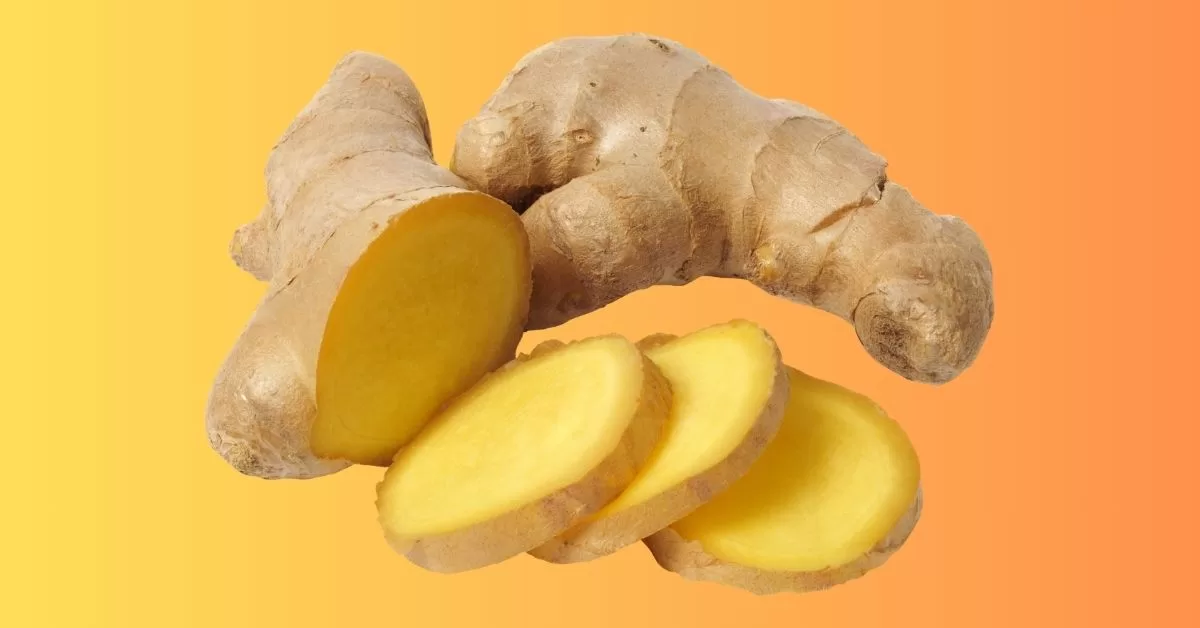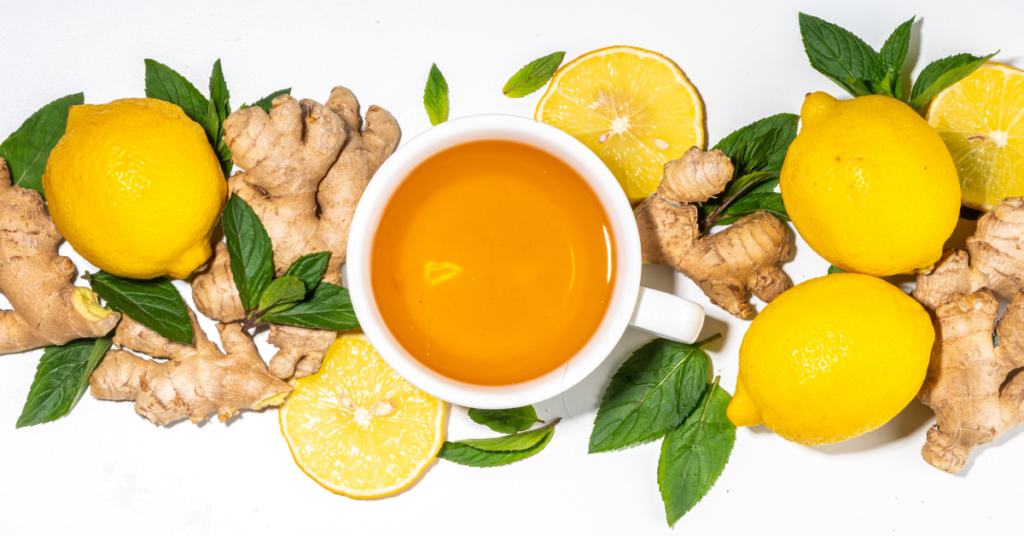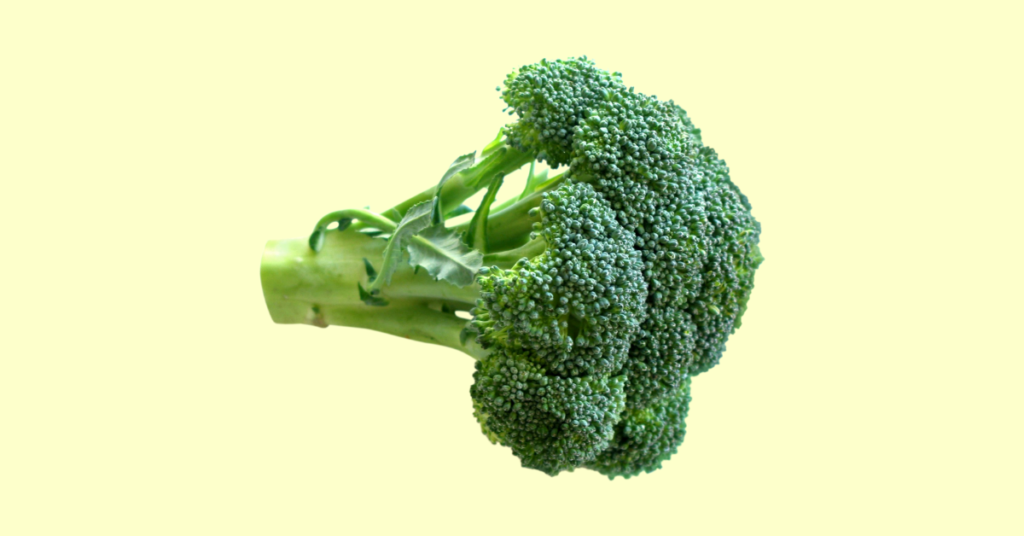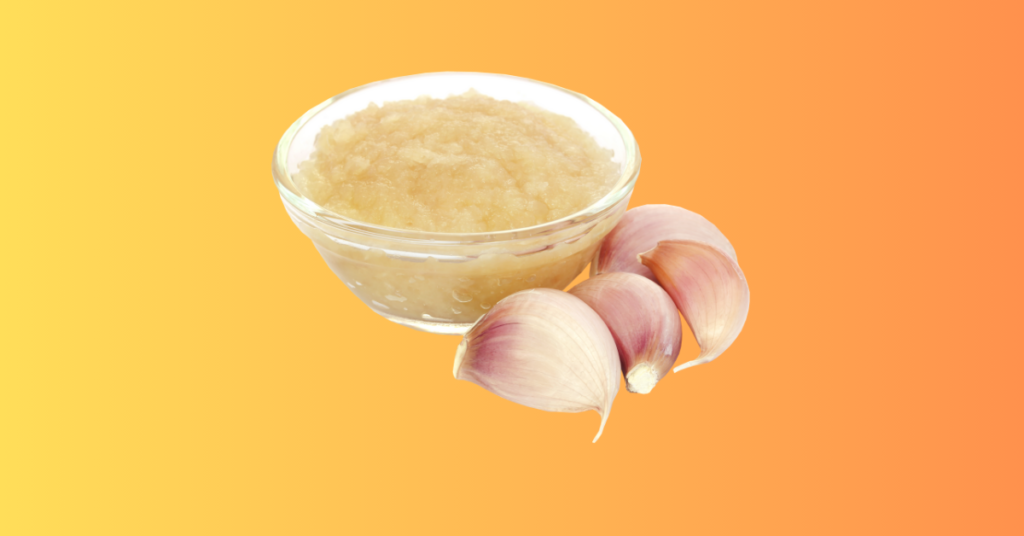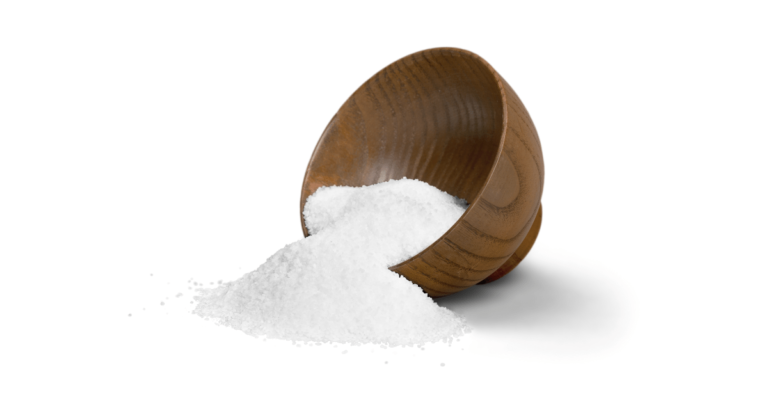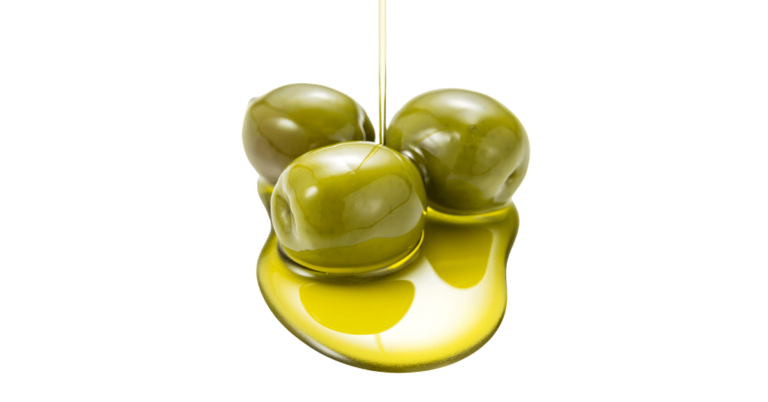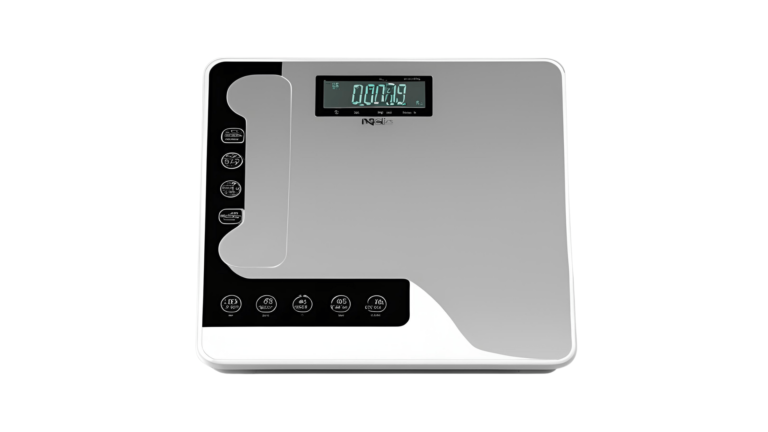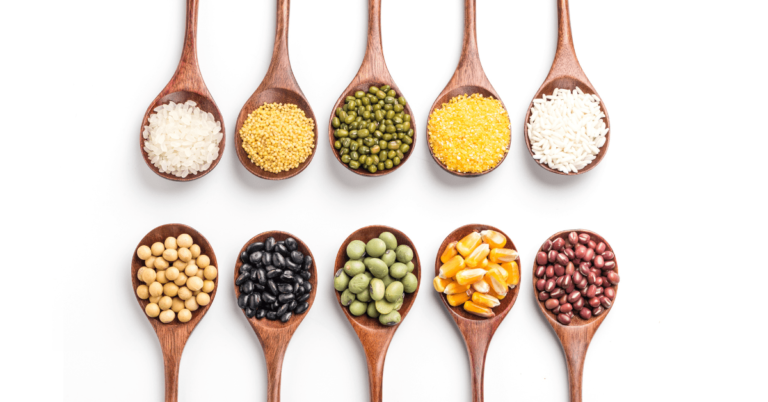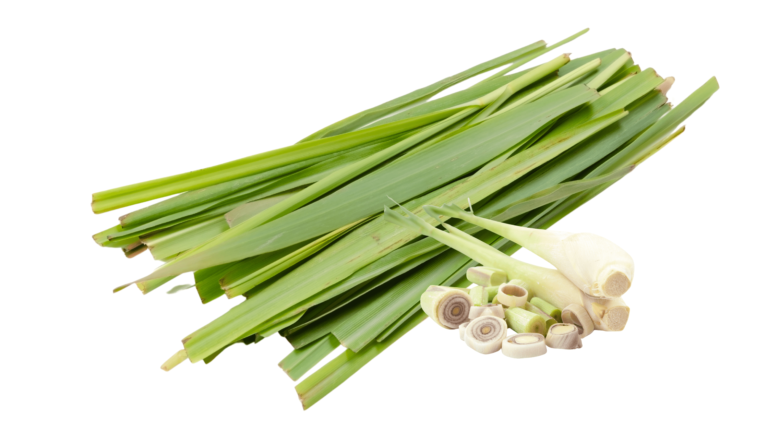Are Thermogenic Foods Helpful For Weight & How?
Thermogenic foods are known to increase the body’s heat production through metabolic processes, which may help burn calories.
These foods could be a helpful addition to a diet because they may help boost weight loss efforts.
However, this also depends on other factors, such as diet type, body type, activity levels, and, most importantly, suitability.
Foods such as ginger, cinnamon, broccoli, lemongrass, and others can influence metabolism. External or internal factors can influence thermogenesis.
Key Points In This Article
The purpose of this article is to provide a brief summary of the topics listed below:
- Thermogenic foods and thermogenesis
- Diet-induced-thermogenesis (DIT)
- The use of thermogenic food in Ayurvedic science
- Examples of thermogenic foods

Thermogenesis
Thermogenesis is the heat production process in organisms, usually a result of metabolic activities. It can also refer to burning calories to produce energy and maintain body temperature.
Thermogenesis is the process of producing heat through the dissipation of energy and occurs in specialised tissues such as brown adipose tissue (BAT) and skeletal muscle, according to ScienceDirect.
Thermic
Thermic is an adjective that refers to anything related to heat or temperature.
It can be used to describe the thermal properties of a material or the heat-related processes that occur in the body, such as the thermic effect of food.
This includes metabolic processes such as digestion, involving energy, including thermodynamic energy, which generates heat from consuming food. In this respect, certain foods can add to this effect.
Thermic Effect Of Food (TEF)
For instance, in Calcagno M, Kahleova H, Alwarith J, Burgess NN, Flores RA, Busta ML, Barnard ND. The Thermic Effect of Food: A Review. J Am Coll Nutr. 2019, the study aimed to review the thermic effect of food, which is the energy expended during the digestion, absorption, and disposal of ingested nutrients.
The study identified various factors that affect (TEF) such as;
- The macronutrient composition of the diet
- Meal frequency and timing
- Physical activity levels, influence the thermic effect of food
The study also concluded that the thermic effect of food can increase with a high-protein diet, which may contribute to weight loss and maintenance.
Additionally, it suggested that consuming whole, minimally processed foods may also increase the thermic effect of food compared to consuming highly processed foods.
Thermogenic Food
Similarly, “Thermogenic food” refers to foods that can influence the body’s metabolic rate and promote fat burning.
This process happens when particular foods increase the body’s energy expenditure during digestion.
Subsequently, this may also help reduce hunger and cravings.
Thermogenic foods can also increase the body’s production of brown fat (BAT), which burns calories to produce heat.
(Townsend & Tseng, 2012) suggest that (BAT) is specialised for energy expenditure and thermogenesis.

Role of TRPV1 Receptors
When we consume thermogenic foods, the body responds to increasing metabolic rate and heat production through thermogenesis.
Certain receptors fuel this process, such as the Transient Receptor Potential Vanilloid 1 receptor (TRPV1).
These are ion channels that are involved in the perception of pain and temperature sensation in the body.
Activated TRPV1 Receptors
When activated, these receptors release catecholamines, such as adrenaline and noradrenaline, which can increase heart rate and stimulate the breakdown of stored fats for energy.
Here are some foods & compounds that affect TRPV1 receptors
- Ginger contains compounds called gingerols and shogaols, which can activate TRPV1 receptors and produce a warming sensation similar to spicy pepper.
- Garlic contains allicin, which has been shown to activate TRPV1 receptors and may contribute to garlic’s pungent taste and aroma.
- Other examples, wasabi, horseradish, and mustard and others, all contain compounds that activate TRPV1 receptors and produce a similar sensation to spicy pepper.
An imbalance between energy intake and expenditure leads to obesity. Increasing metabolism and thermogenesis in brown adipose tissue (BAT) can help in overcoming obesity.
(Baskaran et al., 2017)
Diet Induced Thermogenesis (DIT)
Furthermore, (DIT) “diet-induced thermogenesis” refers to the process by which the body burns calories during digestion and absorption of food.”
According to K.R. Westerterp in 2004, eating food can increase the body’s energy expenditure. “Diet-induced thermogenesis” (DIT) refers to the increase in metabolic rate after eating.
In other words, when you consume food, your body burns calories while it digests and metabolises the nutrients. Some foods can influence this effect more so than others.

Metabolic System & Healthy Weight Management
In addition, a vital function of the metabolic system is maintaining weight balance by regulating the amount of energy stored and expended in the body.
It does this by controlling the rate of metabolism, which is the process by which the body converts food into energy.
The metabolic system acts as a central control point for maintaining a healthy weight by balancing the energy intake from food with the energy expenditure through activity and thermic effect of food (TEF).
(TEF) is the energy the body requires to digest, absorb, and metabolise food, a significant component of total daily energy expenditure.
Ayurveda: Pitta Dosha & (TEF)
Similarly, traditional sciences like Ayurveda advocate a methodical approach to incorporating certain foods into one’s diet to enhance one’s understanding.
Foods that stimulate the thermic process and possess properties that activate specific thermic effects in the body are classified as Pitta-enhancing foods. I.e., foods that enhance internal heat.
Excess consumption of Pitta foods can be counterproductive if the Pitta dosha is imbalanced.
One crucial application of diet in Ayurvedic science is to thoroughly assess the suitability of any particular dietary plan to achieve the most from its principles.
Below are some examples of foods that contain Pitta-enhancing properties, i.e., thermogenic foods.
| Garlic | Ginger |
| Cinnamon | Clove |
| Hot Peppers | Spinach |
| Beets | Spices |
To learn more about Ayurvedic Pitta and thermogenic foods; “What is Pitta and how to apply its principles.”
Common Practices
In several Asian countries, it is common practice to modify one’s diet by considering the thermogenic properties of certain foods.
Additionally, dietary therapy places great emphasis on the nutritive value and phytotherapeutic properties of foods in accordance with the person’s body type.
For instance, during Asian summer, thermogenic foods are usually reduced to help regulate body temperature unless they are part of an individual’s medicinal dietary plan.
- Organic Gingerols, Ginger tea
- InteGratiiveHealth
- Organic Lemongrass
- Organic Broccoli
- Organic Cinnamon
- Organic Garlic
3 Thermogenic Foods
1. Ginger: Gingerols
Ginger contains several phytochemicals, including gingerols, shogaols, and zingerones. Gingerols are the primary active component in ginger and have been shown to possess thermogenic properties.
This means that they can help increase body temperature and boost metabolism, which can lead to burning more calories and potentially aid in weight loss.
Additionally, gingerols have anti-inflammatory and antioxidant properties, making the effect of whole ginger a popular ingredient in traditional medicine and potentially therapeutic for various ailments.
2. Broccoli: Sulforaphane
Another vegetable with thermogenic properties is broccoli. Broccoli is a cruciferous vegetable that contains a compound called sulforaphane, which has been shown to increase the body’s thermogenesis and help with weight loss.
Additionally, broccoli is low in calories but high in fibre, which can help keep you feeling full and satisfied.
Broccoli is also a good source of vitamins C and K and may have anti-inflammatory and antioxidant properties that can help reduce the risk of chronic diseases. However, some find broccoli challenging to digest.
3. Garlic: Allicin
Allicin, the primary phytochemical in garlic, activates thermogenic activity in the body, which can boost metabolism and increase the number of calories burned.
This property of garlic has been associated with weight loss and has been used as a natural weight loss aid for centuries.
Allicin has also been found to inhibit the formation of fat cells and reduce fat accumulation in the body.
Additionally, garlic can help regulate blood sugar levels, which is important for weight loss and overall health.
However, it’s important to note that while garlic can benefit weight loss, it’s not a magic pill and should be used with a healthy diet and exercise for best results, depending on suitability.
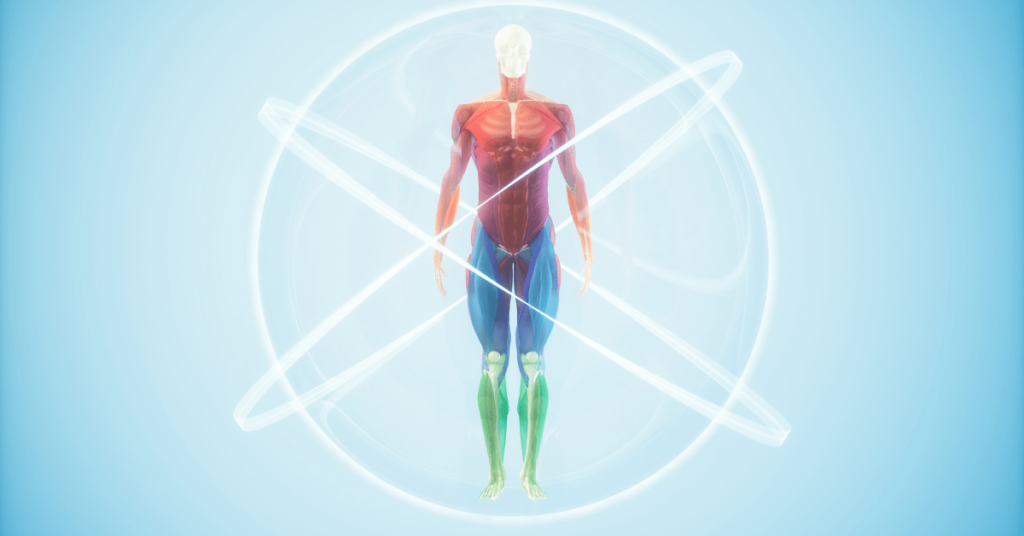
Useful Tips
- Incorporating these foods into a regular exercise regimen can help boost calorie burn and improve overall health and fitness. However, a personal Ayurvedic dosha test may help create a better dietary plan.
- Suitability: thermogenic foods can increase feelings of heat, which may not be suitable for hot flushes, etc.
- Plant-based diets can reduce body fat due to decreased caloric intake and increased energy expenditure from thermogenesis. (A study by Najjar, Rami & Feresin, and Rafaela. (2019) explore plant-based diets’ effect on body fat with the impact of thermogenesis – link to study).
Summary
The body burns calories while digesting and absorbing food in a process called “diet-induced thermogenesis” (DIT). Certain foods increase metabolic rate and expend heat energy more than others, associated with healthy weight balance.
Thermogenic foods include ginger, garlic, and other sources. The effects of thermogenic foods depend on factors such as the type of diet, the individual, and how the food is consumed.
Ayurveda categorizes thermogenic foods as Pitta-enhancing foods. These foods increase metabolism, break down fats, and produce heat, which may aid weight loss efforts.
To explore pitta more, the link between mesomorph body and thermogenic foods may help understand thermogenic foods from a broader scope.
Precautions
Precautions and personal responsibility are crucial. Check the suitability of any therapeutic diet or wellness routine for any person, pregnant, with allergies or chronic health issues. Seek the advice of a professional.
This is an informational post only and does not constitute professional advice.
Informational Video: Thermogenic Foods & Holistic Weight Management
Frequently Asked Questions
Thermogenic foods are added as a part of a personalised, well-balanced diet. Several factors are assessed for a personalised diet. Seek the advice of a professional.
This depends on your individual needs & well-being. Seek the advice of a professional.
Whole foods contain several live compounds with water content that may be gentler on the digestive system. Supplements, however, are concentrated forms of whole foods, so the effects of both vary.
References & online source(s) in this article:
- https://www.sciencedirect.com/topics/medicine-and-dentistry/thermogenesis
- Calcagno M, Kahleova H, Alwarith J, Burgess NN, Flores RA, Busta ML, Barnard ND. The Thermic Effect of Food: A Review. J Am Coll Nutr. 2019 Aug;38(6):547-551. doi: 10.1080/07315724.2018.1552544. Epub 2019 Apr 25. PMID: 31021710.
- Bo, S., Fadda, M., Fedele, D., Pellegrini, M., Ghigo, E., & Pellegrini, N. (2020). A Critical Review on the Role of Food and Nutrition in the Energy Balance. Nutrients, 12(4). https://doi.org/10.3390/nu12041161
- Baskaran, P., Krishnan, V., Fettel, K., Gao, P., Zhu, Z., Ren, J., & Thyagarajan, B. (2017). TRPV1 Activation Counters Diet-Induced Obesity Through Sirtuin-1 activation and PRDM-16 Deacetylation in Brown Adipose Tissue. International Journal of Obesity (2005), 41(5), 739. https://doi.org/10.1038/ijo.2017.16
- MCMA, Hunjan, 2024-2021 (London, United Kingdom). InteGratiiveHealth.com, (author).
- Westerterp, K. R. (2004). Diet induced thermogenesis. Nutrition & Metabolism, 1, 5. https://doi.org/10.1186/1743-7075-1-5
- (Najjar, Rami & Feresin, Rafaela. (2019). Plant-Based Diets in the Reduction of Body Fat: Physiological Effects and Biochemical Insights. Nutrients. 11. 2712. 10.3390/nu11112712.
- Townsend, K., & Tseng, H. (2012). Brown adipose tissue: Recent insights into development, metabolic function and therapeutic potential. Adipocyte, 1(1), 13-24. https://doi.org/10.4161/adip.18951
- Pesta, D. H., & Samuel, V. T. (2014). A high-protein diet for reducing body fat: Mechanisms and possible caveats. Nutrition & Metabolism, 11. https://doi.org/10.1186/1743-7075-11-53
Learn about the thermogenic properties of lemongrass in Ayurvedic science and how lemongrass tea may aid in maintaining a healthy weight as part of a balanced diet.
Lemon
GRASS

